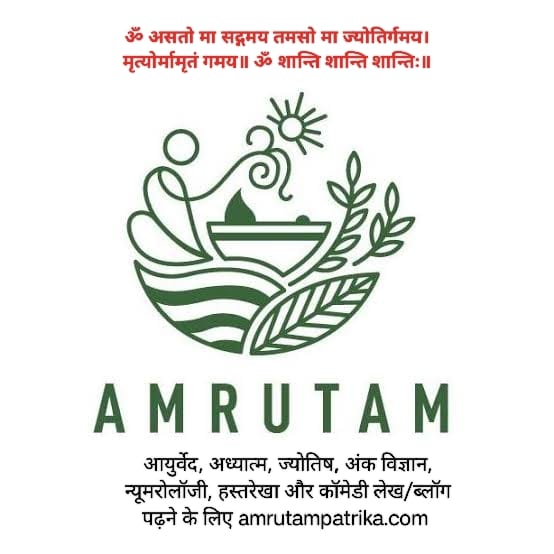In the last few days, you would have seen or heard the word “Nipah” on the Television news or newspapers. Nipah Virus is a fatal virus which has caused multiple deaths recently in the state of Kerala.
What is the Nipah Virus?
Nipah virus (NiV) infection is a newly emerging zoonosis i.e. diseases which can be transmitted from animals to human beings. The natural host of the virus is fruit bats of the Pteropodidae Family, Pteropus genus.
In the year 1998, the Nipah virus was first identified in Kampung Sungai Nipah, Malaysia. The name “Nipah” itself originates from the Malaysian village- “Sungai Nipah”. The first outbreak of Nipah was linked back to pigs as the intermediate hosts. However, in subsequent outbreaks of the Nipah virus, there were no intermediate hosts. The first time humans were affected by the Nipah virus was in the year 2004 in Bangladesh after consuming date palm sap that had been contaminated by infected fruit bats. Later on, evidence has also been found of the virus being transmitted from humans to humans in India.
Problems associated with the Nipah virus can range from asymptomatic infection to acute respiratory syndrome and fatal encephalitis (inflammation of the brain). So far there has been no cure or vaccination found for the Nipah virus. The primary treatment for human cases is intensive supportive care. The virus can be transferred through infected bats, pigs or humans who have been infected.
How is the Nipah virus transmitted?
Nipah being a zoonotic virus is transmitted from animals to humans. Transmission is assumed to have occurred via respiratory droplets, contact with throat or nasal secretions from the pigs, or contact with the tissue of a sick animal in the first outbreak in Malaysia.
In India & Bangladesh, consumption of fruits or fruit products like raw date palm juice contaminated with urine or saliva from infected fruit bats was the most likely source of infection. Amongst humans, evidence has been found that the virus was transmitted through close contact with people’s secretions and excretions. From the year 2001 to 2008, the transmission has been through providing care to infected patients in India and Bangladesh.
The Fruit Bats
Fruit bats are also known as the megabats or flying foxes, these bats are herbivores bats with an exceptional smell and sight senses which help them hunt for their food. The half-eaten fruits or faecal droppings of bats are potential carriers of the virus. The cause of the death of the family from Kozhikode who was first affected has been found out to be a well in their courtyard where dead bats were found.
Signs and symptoms
According to the experts, Nipah Virus is an airborne transmission infection and can affect those who come in direct contact with contaminated bodies.
Nipah Virus is usually associated with inflammation of the brain (encephalitis) due to which severe days of fever can often lead to a state of confusion, disorientation and even persistent drowsiness. If immediate health care support is not provided, the infection can lead to a coma in 24-48 hours span. There are many patients who show neurological, respiratory and pulmonary signs as well. Therefore, do not ignore any such signs.
Some common signs and symptoms of Nipah Virus are a headache, fever, nausea, dizziness, drowsiness and mental issues such as confusion. These symptoms can last up to 7-10 days. Watching out for respiratory illness during the early stages is also a must.The incubation period i.e. the time between infection and onset of symptoms is in between 4 to 14 days. An incubation period of 45 days has also been witnessed by medical practitioners, however.
Nipah Virus has an alarming rate of fatality, ranging between 40% to 75%, the percentage can vary depending upon the availability and accessibility of medical & clinical facilities.
Diagnosis
The signs and symptoms of Nipah virus are quite common and in specific, which makes difficult to reach an accurate diagnosis.
Main tests including real-time polymerase chain reaction (RT-PCR) from bodily fluids as well as antibody detection via ELISA. Different tests include:
- enzyme-linked immunosorbent assay (ELISA)
- polymerase chain reaction (PCR) assay
- •virus isolation by cell culture.
Prevention and cure
As of now, as mentioned earlier there is no available cure or vaccination for the Nipah virus. For now, as per World Health Organization guidelines, only possible way to prevent the Nipah virus is to make the masses aware about the risk factors involved and educating them about the steps which can be taken to reduce the exposure to Nipah Virus.
A few steps put across by WHO are:
- Accessibility for the bats to contaminate date palm sap or other fresh fruits products should be reduced. Measures should be taken to keep fruits bats (flying foxes) away from the sap collection sites.
- Fruits should be thoroughly washed and peeled before consumption.
- Gloves and other protective clothing should be worn while handling sick animals or their tissues, and during slaughtering and culling procedures. As much as possible, people should avoid being in contact with infected pigs.
- Close unprotected physical contact with Nipah virus-infected people should be avoided. Regular hand washing should be carried out after caring for or visiting sick people.
Here are few simple ways to prevent the Nipah Virus:
- Drink sufficient water every day and do not let your body get dehydrated.
- Do not consume any sort of food item from open and unhygienic spaces.
- Always clean your hand & feet after coming back home from outside.
- Always wash your hands before having food.
- Always consume seasonal and fresh fruits and vegetables. Do not eat raw vegetables, always boil them and fruits should be washed thoroughly and peeled before consumption.
- Always drink purified water, you can cleanse your water of infections by boiling it. Milk should also be boiled before consumption.
- Do not fast for a very long duration of days, it can have an adverse effect on your body and it’s immunity. Even while fasting eats fruit and vegetables in appropriate quantity.
- Try and consume ayurvedic herbs like Giloy, Tulsi, Lashundi etc regularly to prevent respiratory infections, fever and flu.
Taking a spoonful of Lozenge Malt, twice a day is also very beneficial in preventing and curing any sorts of respiratory problems.
Lozenge Malt is an ancient ayurvedic recipe and it contains Tulsi , Vasa, Mulethi, Pushkarmool and Tribhuvan kritri ras.
-Useful in a chronic cough, cold, sinusitis, asthma
-Useful in allergic bronchitis, upper and lower respiratory diseases, whooping cough and allergic rhinitis
-Tulsi leaves to fight off a cough cold and fever.
-Vasaka is a remedial herb for all respiratory problems.
-Pushkarmool is used in a cough and chest pain.
Lozenge Malt is a multipurpose medicine used in several diseases & strengthen the immune system.



Leave a Reply